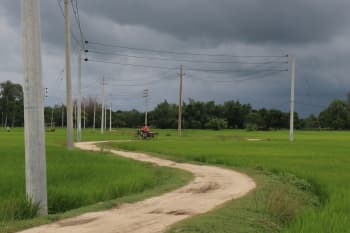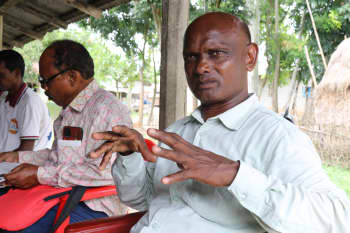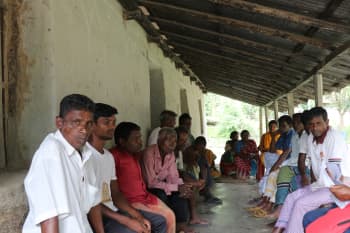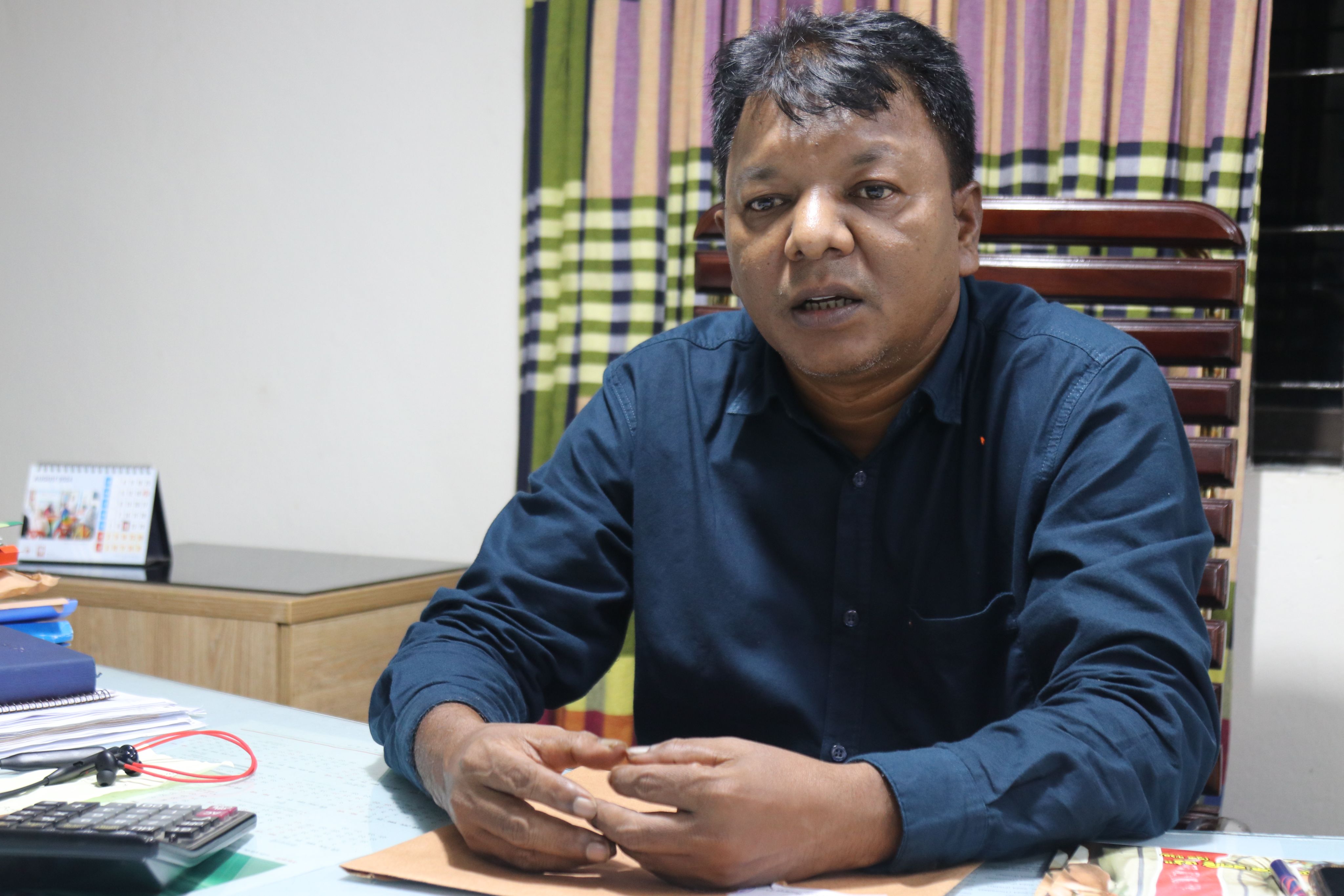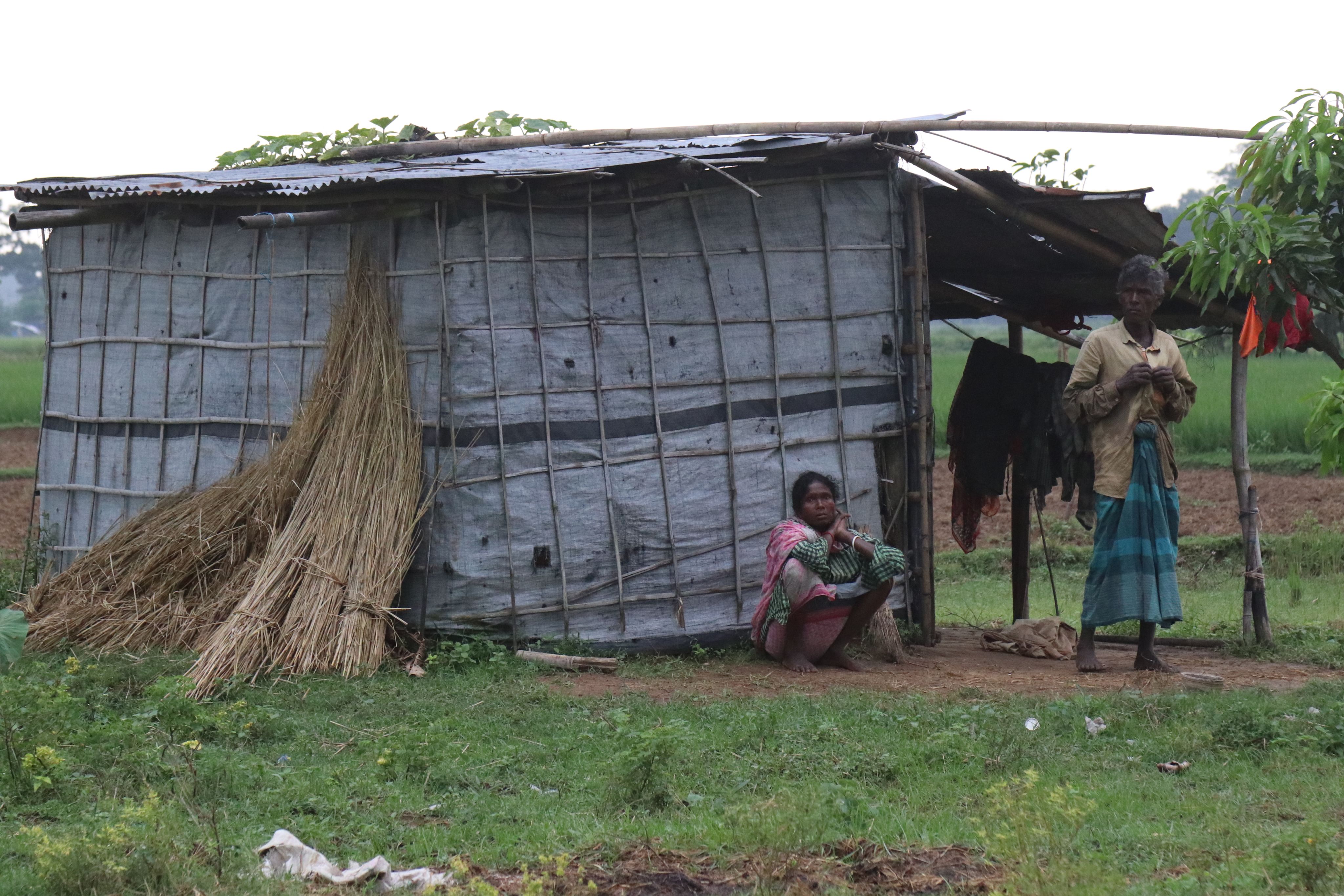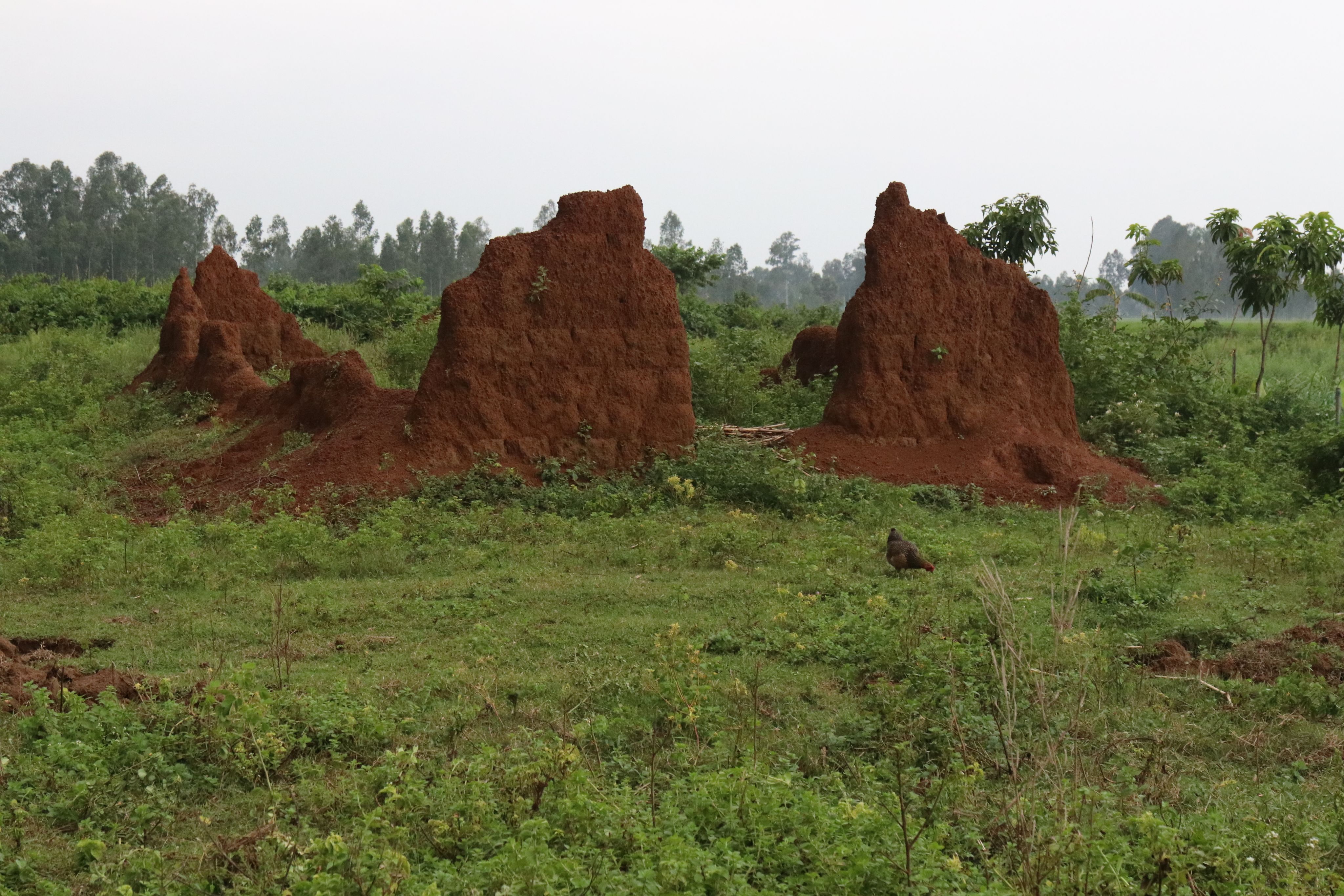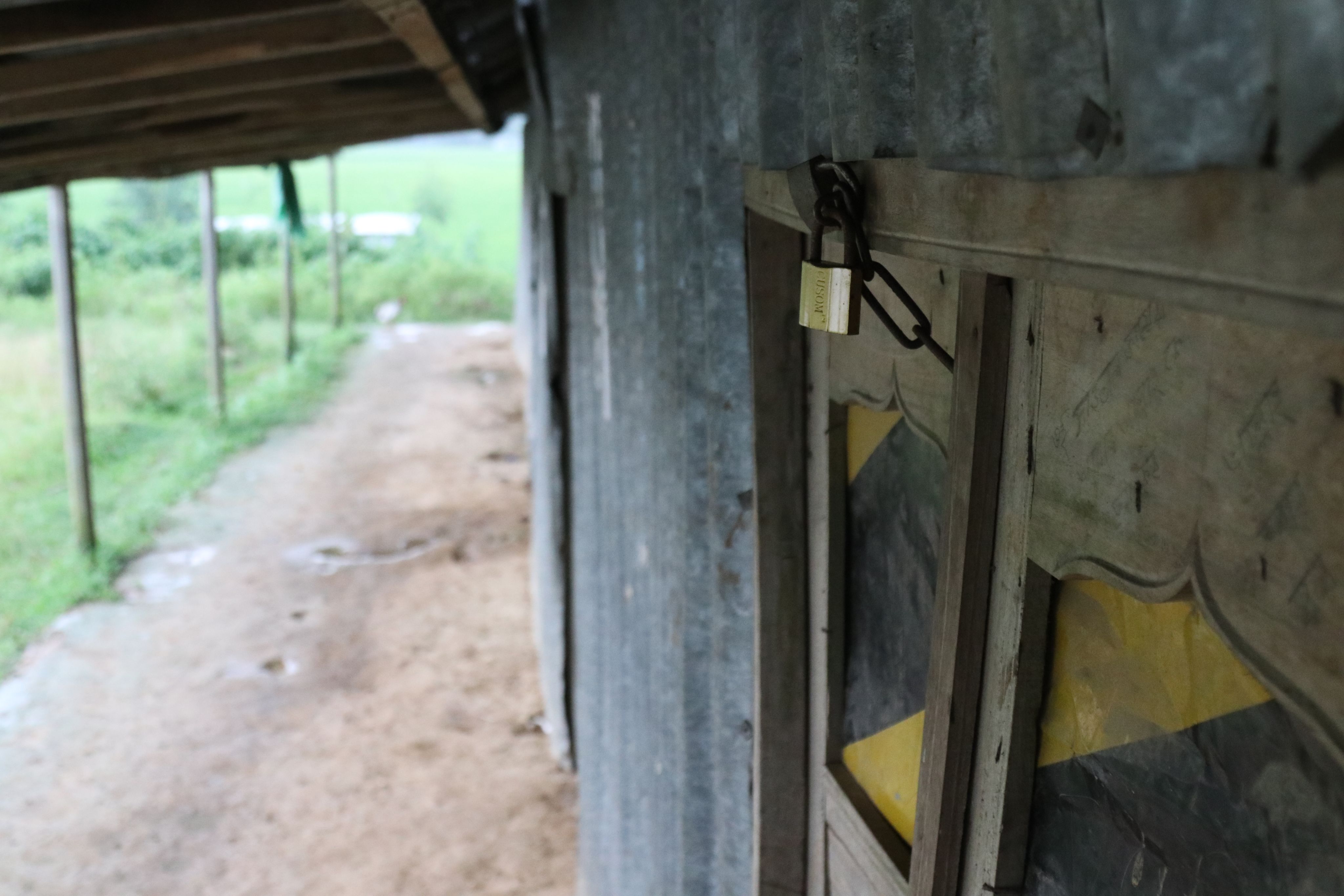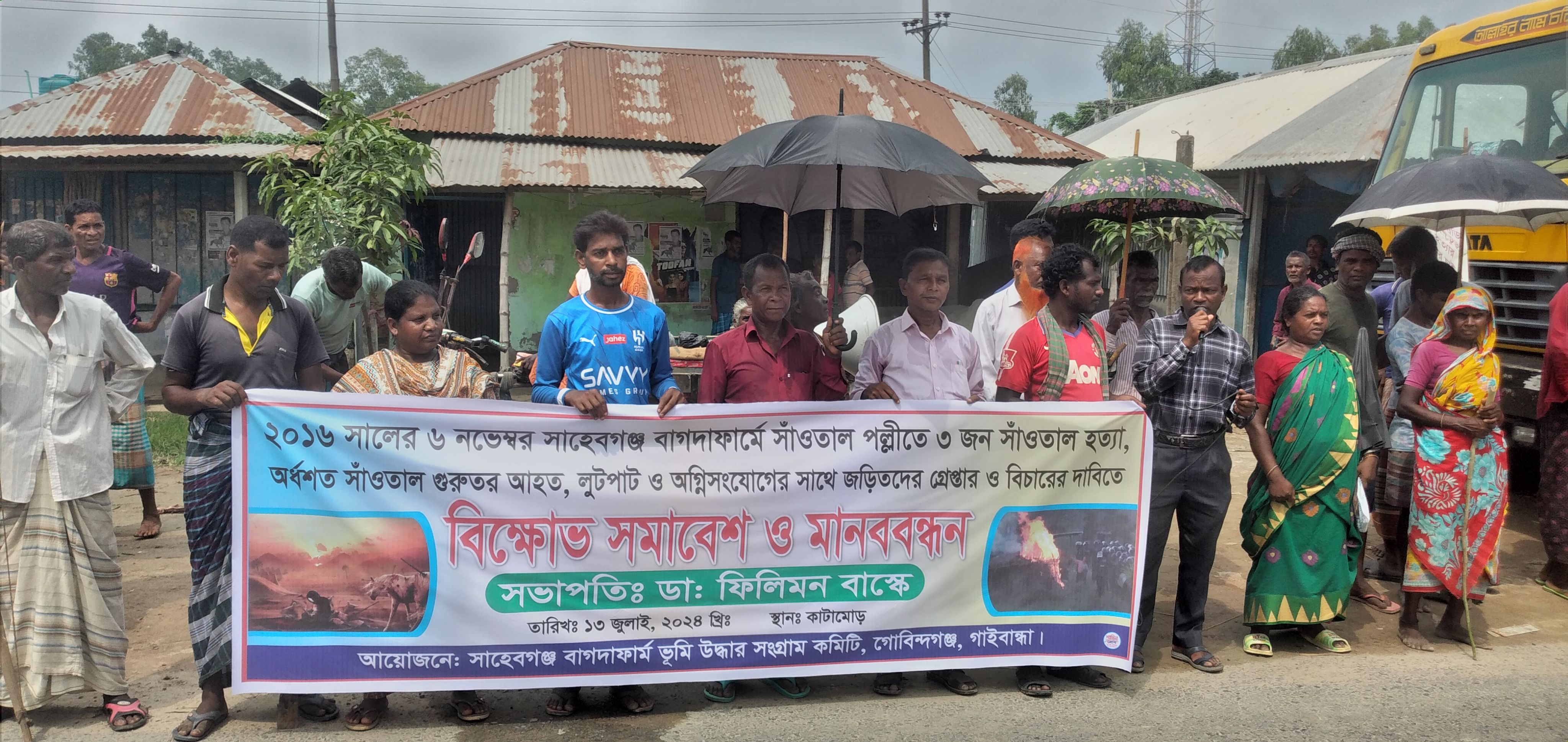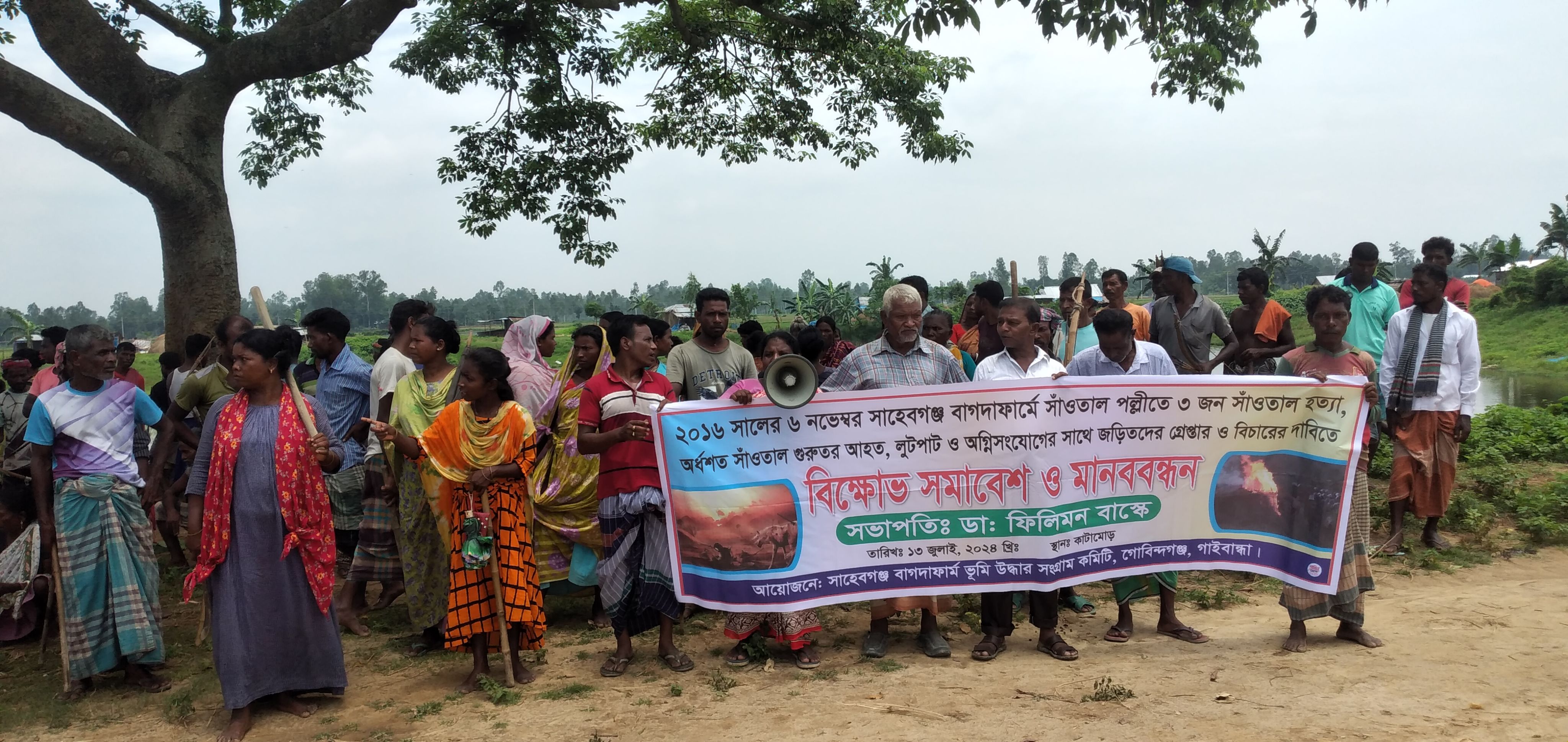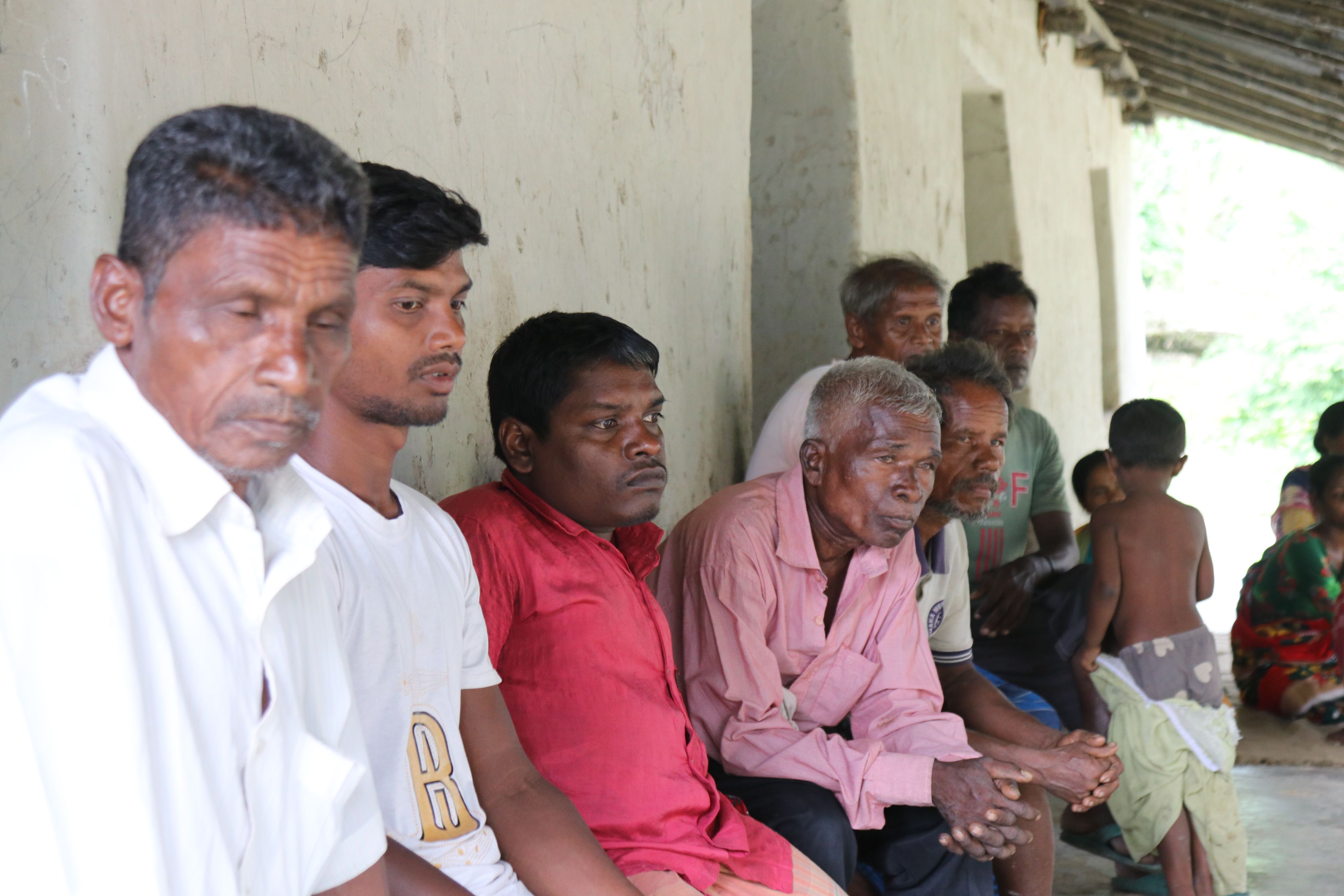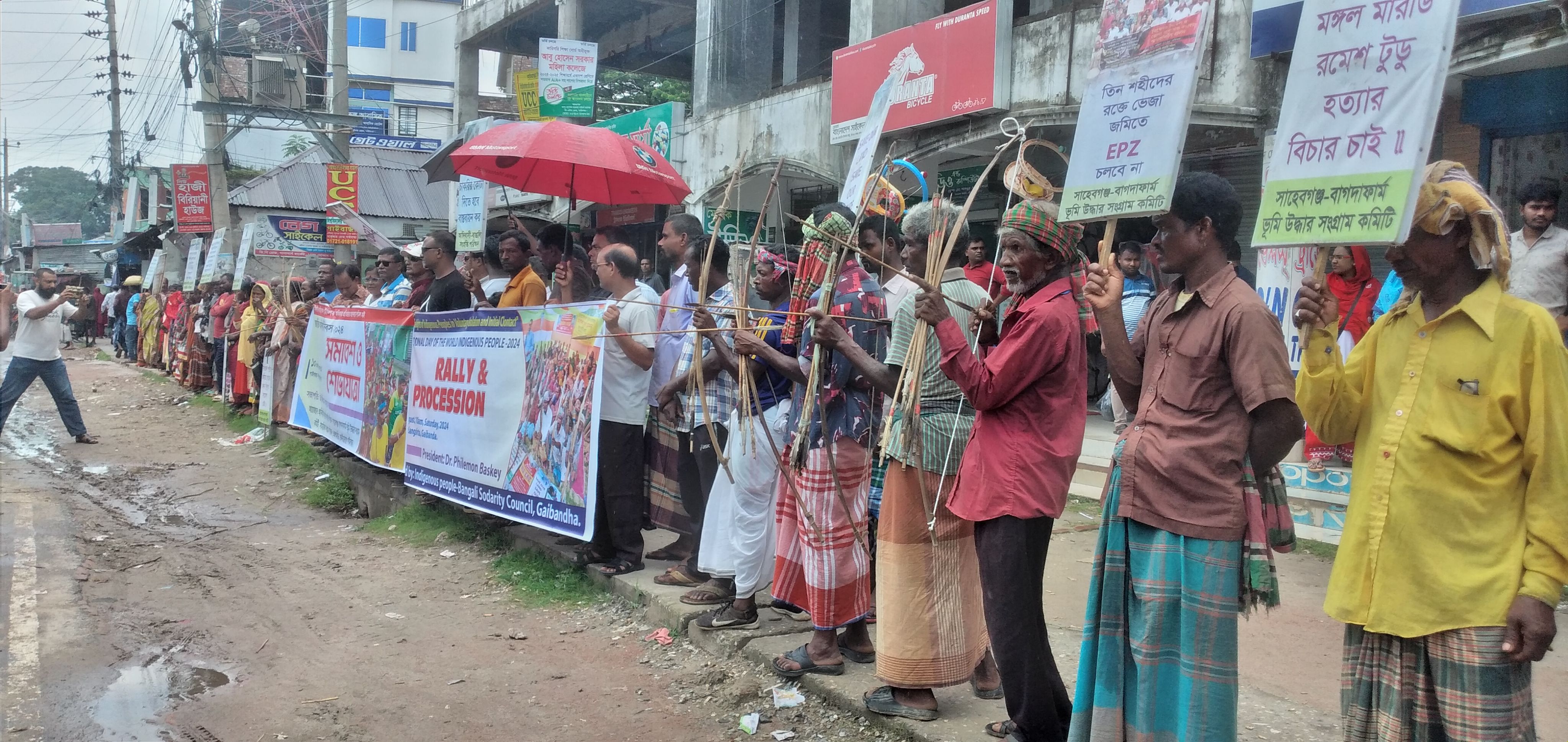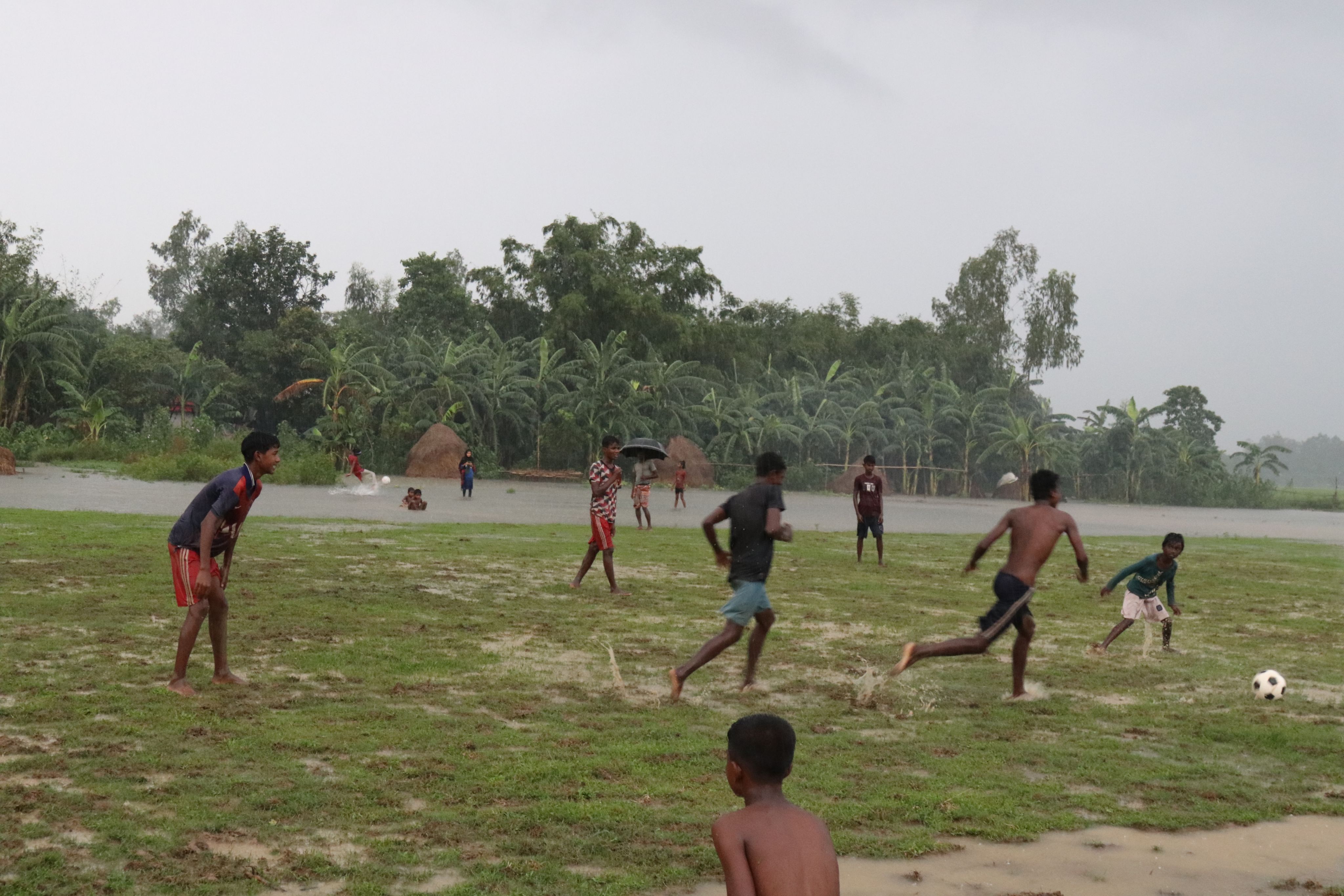"They burned our home and killed our brothers"
Shifting donor priorities leave Catholic Church struggling to support Indigenous people's desperate defense of their ancestral land in Bangladesh
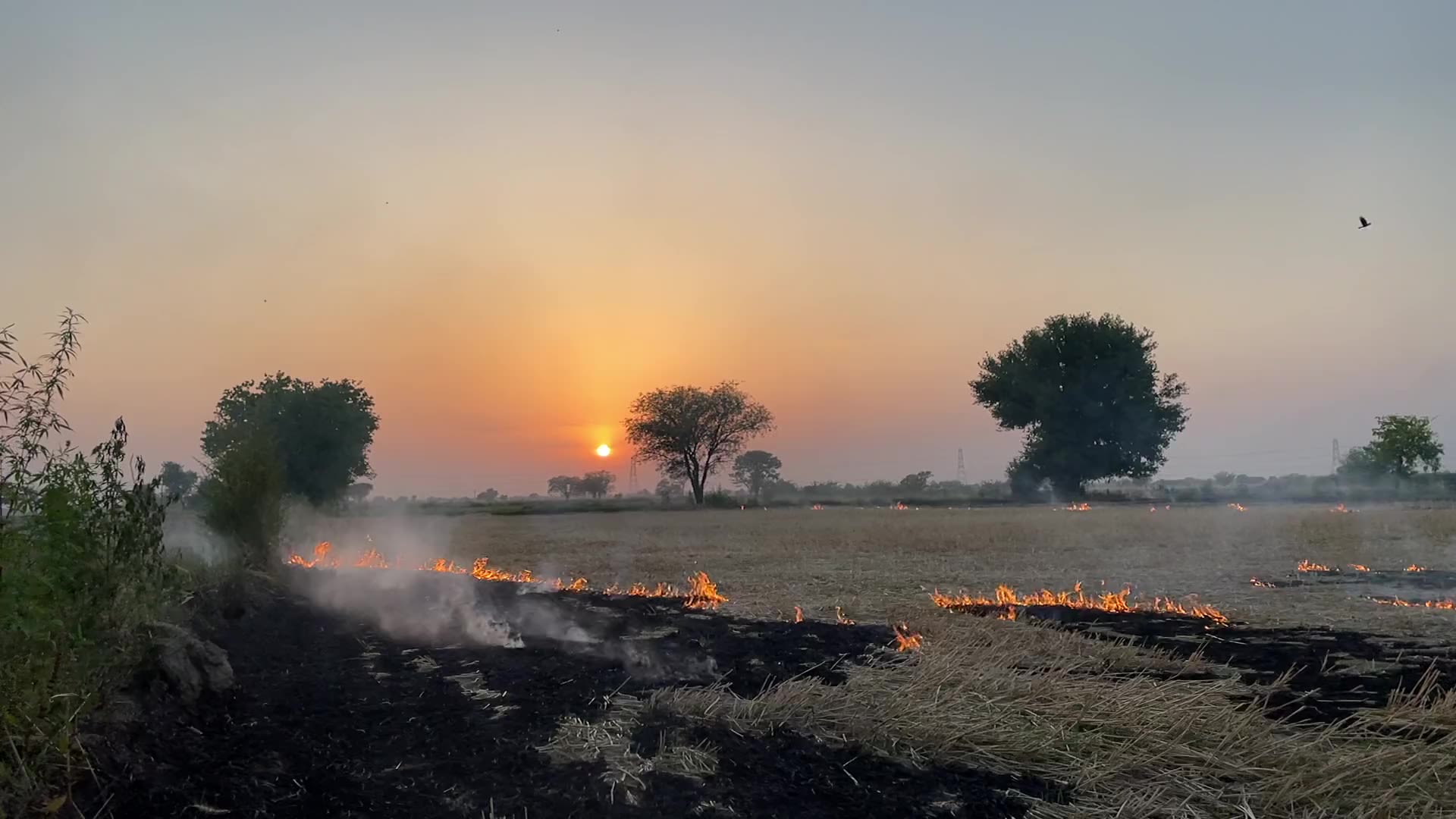
In Muslim-majority Bangladesh, efforts by the Catholic Church and Caritas Bangladesh to address land issues affecting religious and ethnic minority tribal groups have stalled due to a lack of donor funding.
The ‘Indigenous Development Program’ launched and managed since 2000 by Caritas has been temporarily suspended, halting initiatives such as appointing lawyers to resolve land disputes involving Indigenous peoples, providing financial assistance to reclaim mortgaged land, and offering legal advice.
“There was a long-standing issue and litigation with the local Muslim community over our land. In 2015, Muslims attacked, burned, and looted our houses. For four years after that, Caritas Bangladesh and the Church provided us with case management and relief assistance,” said Salvenus Hembrom, an Indigenous Santal leader and Catechist from Chirakuta village.
Since 2019, Caritas has been unable to support the tribals of Chirakuta village in the northern, Indigenous-dominated Dinajpur Diocese due to the discontinuation of funding for the program.
Since then, the tribals have been managing lawsuits on their own, but it is clearly evident today that the situation has only deteriorated.
“As long as Caritas and the Catholic Church stand directly with us, offering legal advice, we move forward confidently and courageously. Now, that is not the case," Hembrom said.
During the partition of India and Bangladesh in 1947, many Hindus migrated from Bangladesh to India, leaving some land to tribals and selling other portions to Muslims.
However, over time, some Muslims claimed ownership of the entire land, asserting it was given to them by the Hindu families. Local Muslims filed a case in court but were unable to provide proper documentation to support their claims.
On Jan. 24, 2015, a group of Muslims armed with homemade weapons and firearms attempted to forcibly cultivate tribal lands.
When the tribals resisted, a violent clash erupted, resulting in the death of one Muslim. In retaliation, the Muslims burned and looted the homes of all 66 tribal families in the village.
“We had no access to drinking water because they redirected it from our tube wells to pipes leading into their homes. We had to start everything from scratch,”
Muslims filed murder charges against the tribals, while the tribals lodged complaints for looting and arson. The legal battles remain ongoing.
Elias Tudu, a 35-year-old Indigenous Santal Catholic, recounted that the group arrived on their land armed with homemade weapons and firearms and ultimately launched an attack.
In self-defense, the tribals used bows and arrows, which resulted in one fatality. He emphasized that the land rightfully belongs to the tribals and accused the group of attempting to seize it by force.
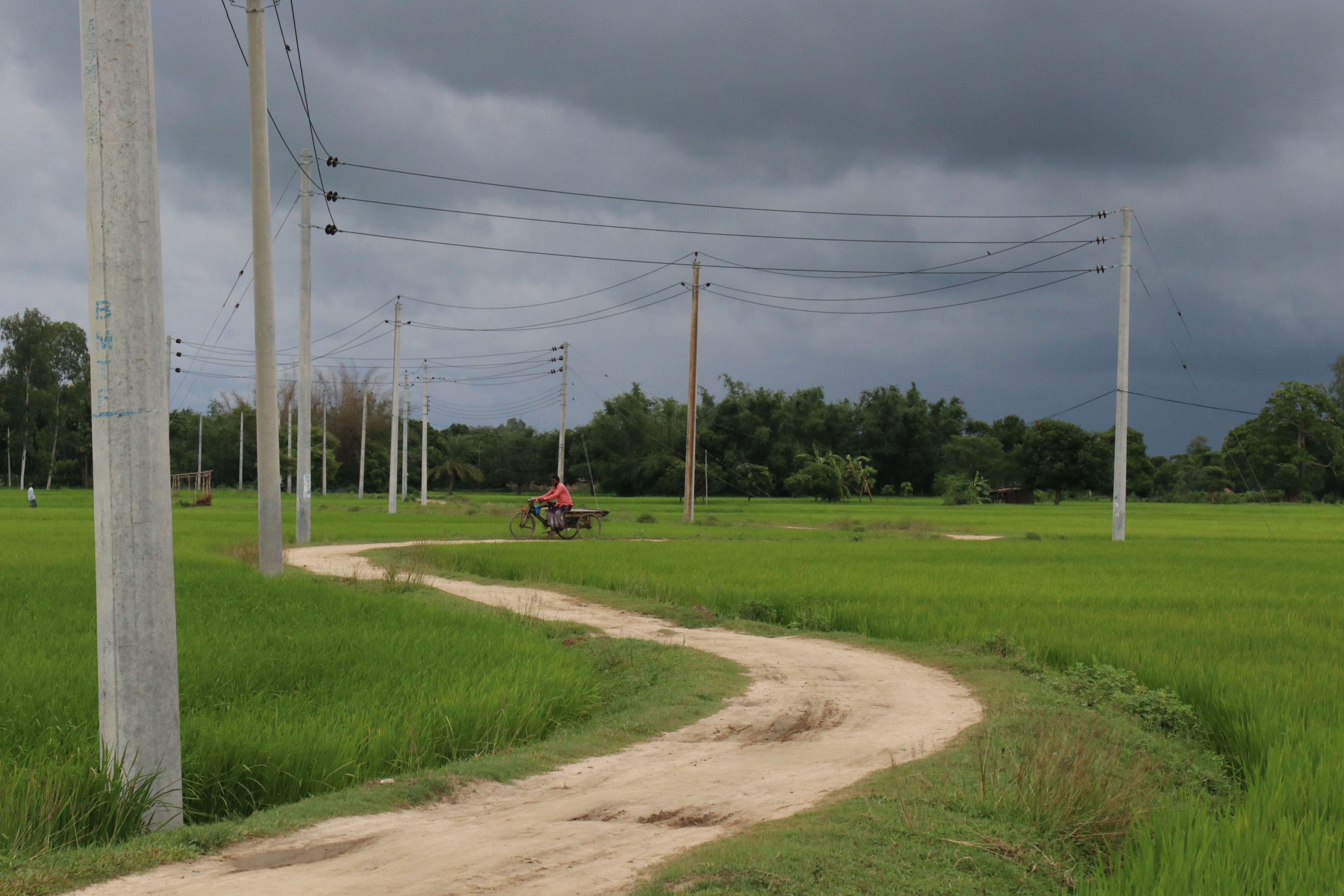
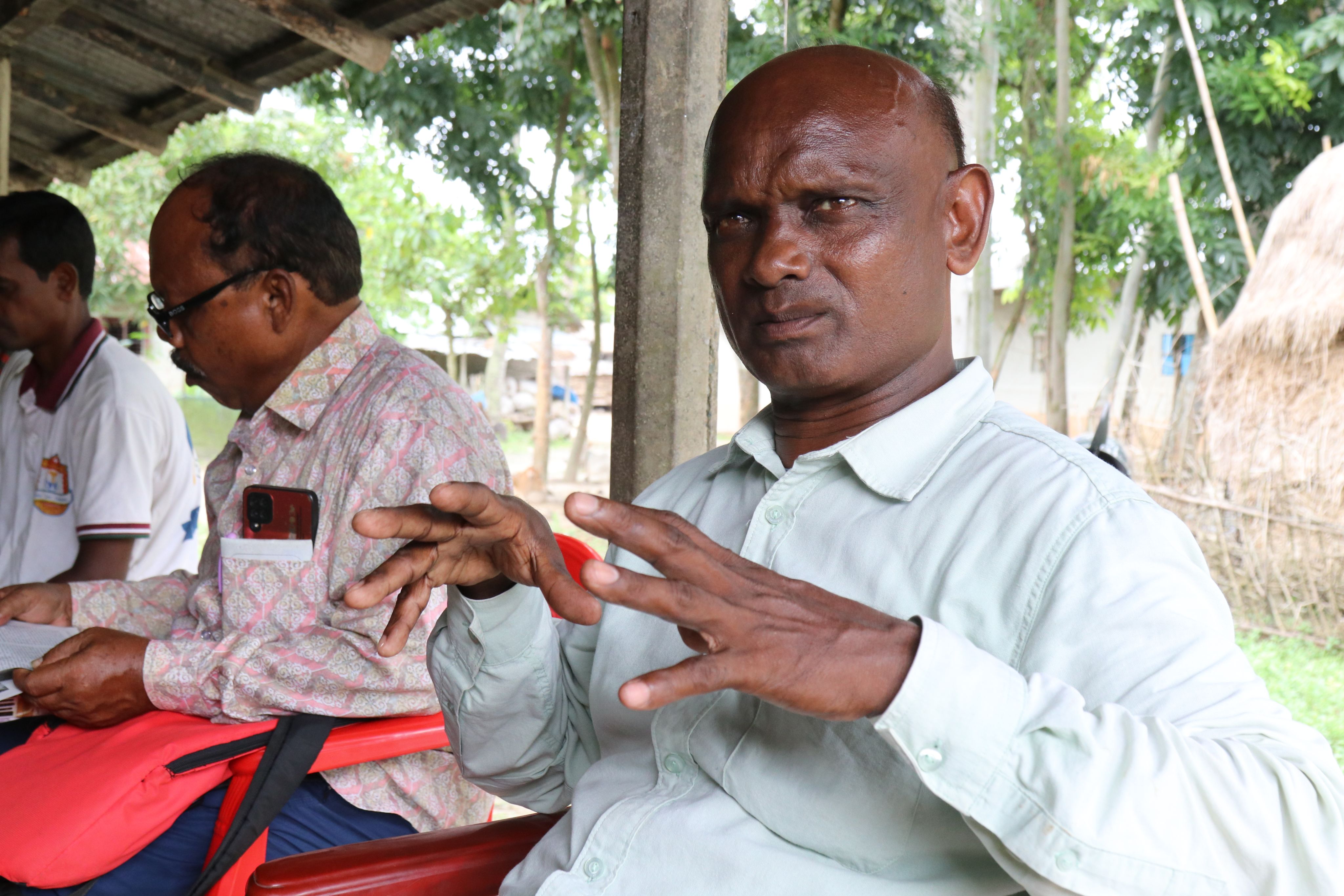
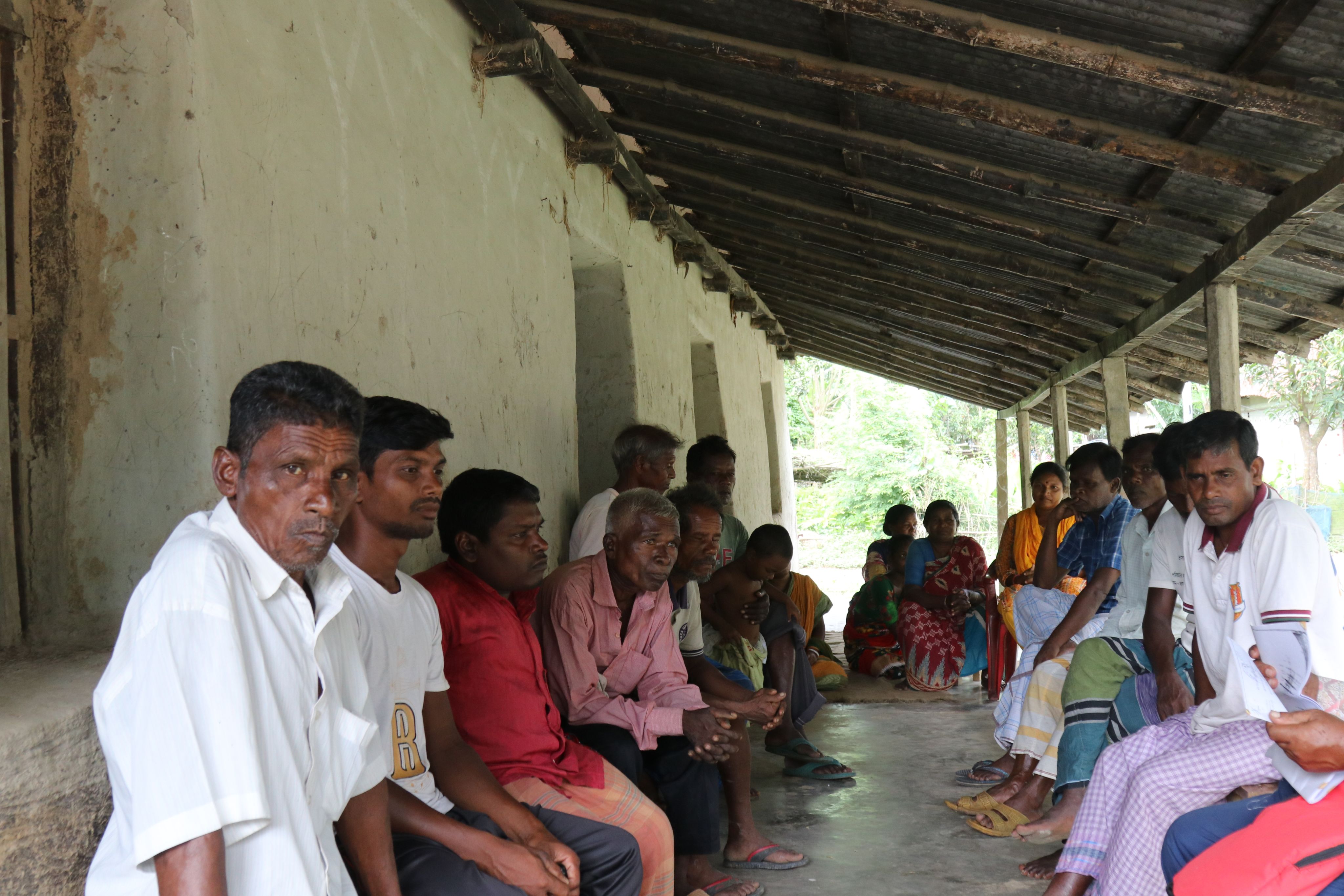
A legal case involving approximately 7.69 hectares of land is still ongoing. Despite a court injunction prohibiting cultivation on the land, LiCAS News discovered that Muslims have planted paddy there.
According to Caritas, approximately 99% of Indigenous people in the area experienced attacks from local Muslims, primarily due to their small population size and disputes over land. Many Indigenous people, being less educated and less vigilant about land ownership, become vulnerable to land grabs, often involving forged documents.
Rabi Marandy, director of Caritas in Dinajpur, explained that when tribals need money, they often resort to mortgaging their land. Over time, the mortgaged land remains in the hands of others, who eventually claim ownership. In many cases, forged documents are used to legitimize these claims.
Robi Marandy, director of Caritas Dinajpur
Robi Marandy, director of Caritas Dinajpur
“We were helping tribals reclaim mortgaged land with cash, providing legal advice, and supporting them in court. But donors are now prioritizing environmental projects, so we no longer have a program to address tribal land issues,” said Marandy.
Indigenous Peoples have long experienced oppression. Throughout history, they have been victims of forced land grabbing and livelihood displacement.
Indigenous people in Gobindganj live in inhumane conditions.
Indigenous people in Gobindganj live in inhumane conditions.
A mud house in Gobindganj's Indigenous village is destroyed due to heavy rain.
A mud house in Gobindganj's Indigenous village is destroyed due to heavy rain.
A school in Gobindganj is closed due to a funding crisis.
A school in Gobindganj is closed due to a funding crisis.
The people of Gobindganj protest on July 13, 2024, demanding the arrest of those who set fire and killed three tribals.
The people of Gobindganj protest on July 13, 2024, demanding the arrest of those who set fire and killed three tribals.
The people of Gobindganj protest on July 13, 2024, demanding the arrest of those responsible for setting fires and killing three tribals.
The people of Gobindganj protest on July 13, 2024, demanding the arrest of those responsible for setting fires and killing three tribals.
Indigenous people of Chirakuta village discuss their problems and possible solutions.
Indigenous people of Chirakuta village discuss their problems and possible solutions.
People in Gobindganj discuss the land problem and possible solutions.
People in Gobindganj discuss the land problem and possible solutions.
On August 10, 2024, Indigenous people hold a procession and rally to protest the killings and the burning of their homes.
On August 10, 2024, Indigenous people hold a procession and rally to protest the killings and the burning of their homes.
On Nov. 6, 2016, in the Gobindganj area of Gaibandha district, tribal homes were set on fire under the direction of Abul Kalam Azad, a parliament member from the then-ruling party. The attack resulted in the deaths of at least three tribals and left dozens injured.
In 1956, the government acquired approximately 750 hectares of tribal land for sugarcane cultivation, with an agreement that the land would be returned to the tribals if cultivation ceased. Despite sugarcane farming ending in 2004, the land remains disputed.
Pricilla Murmu, 37, Secretary of the Land Rescue Committee and a mother of two.
Pricilla Murmu, 37, Secretary of the Land Rescue Committee and a mother of two.
“According to our agreement with the government, this land should be returned to us, but the government has violated the agreement. They burned our homes and killed three of our Santal brothers. We still await justice,” said Pricilla Murmu, 37, Secretary of the Land Rescue Committee.


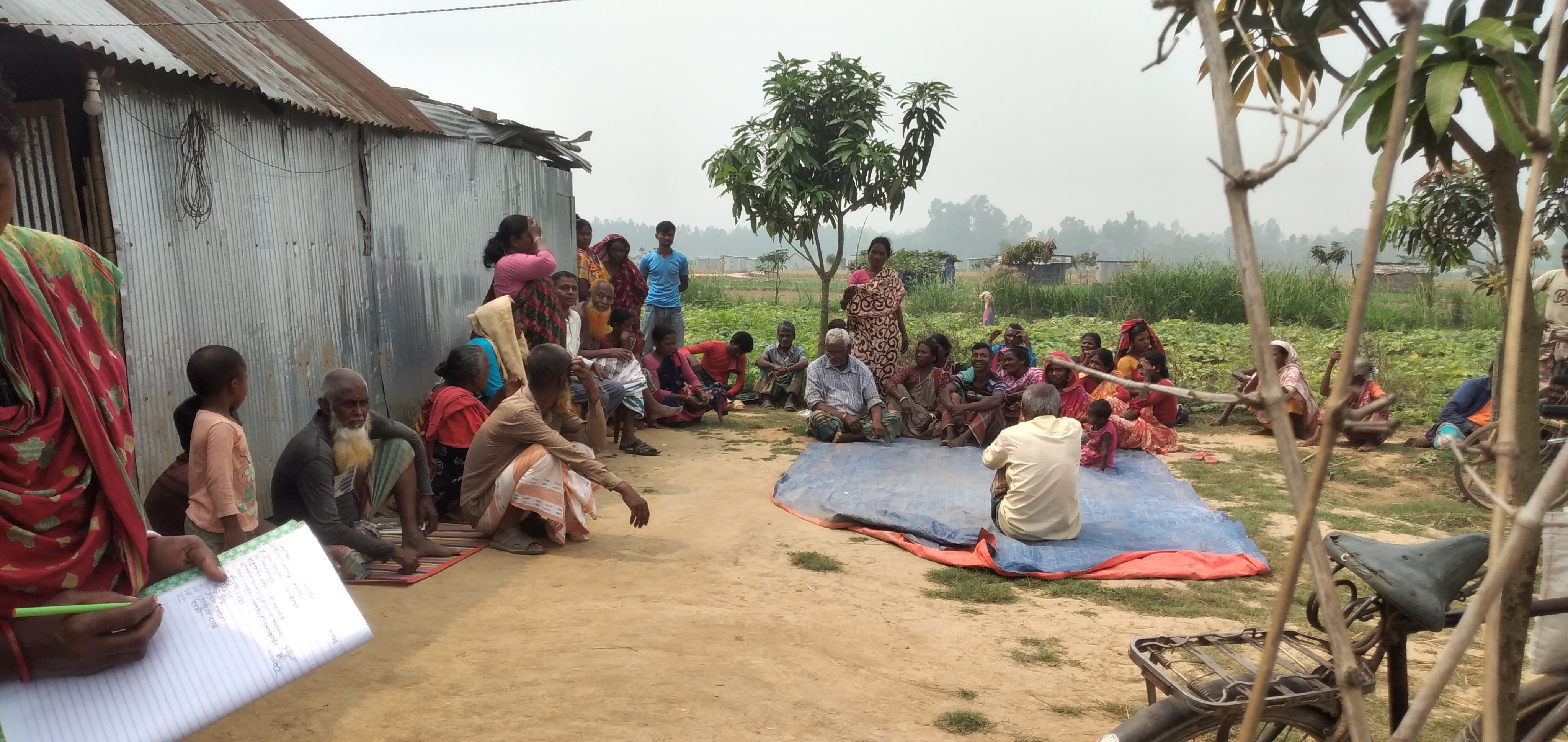
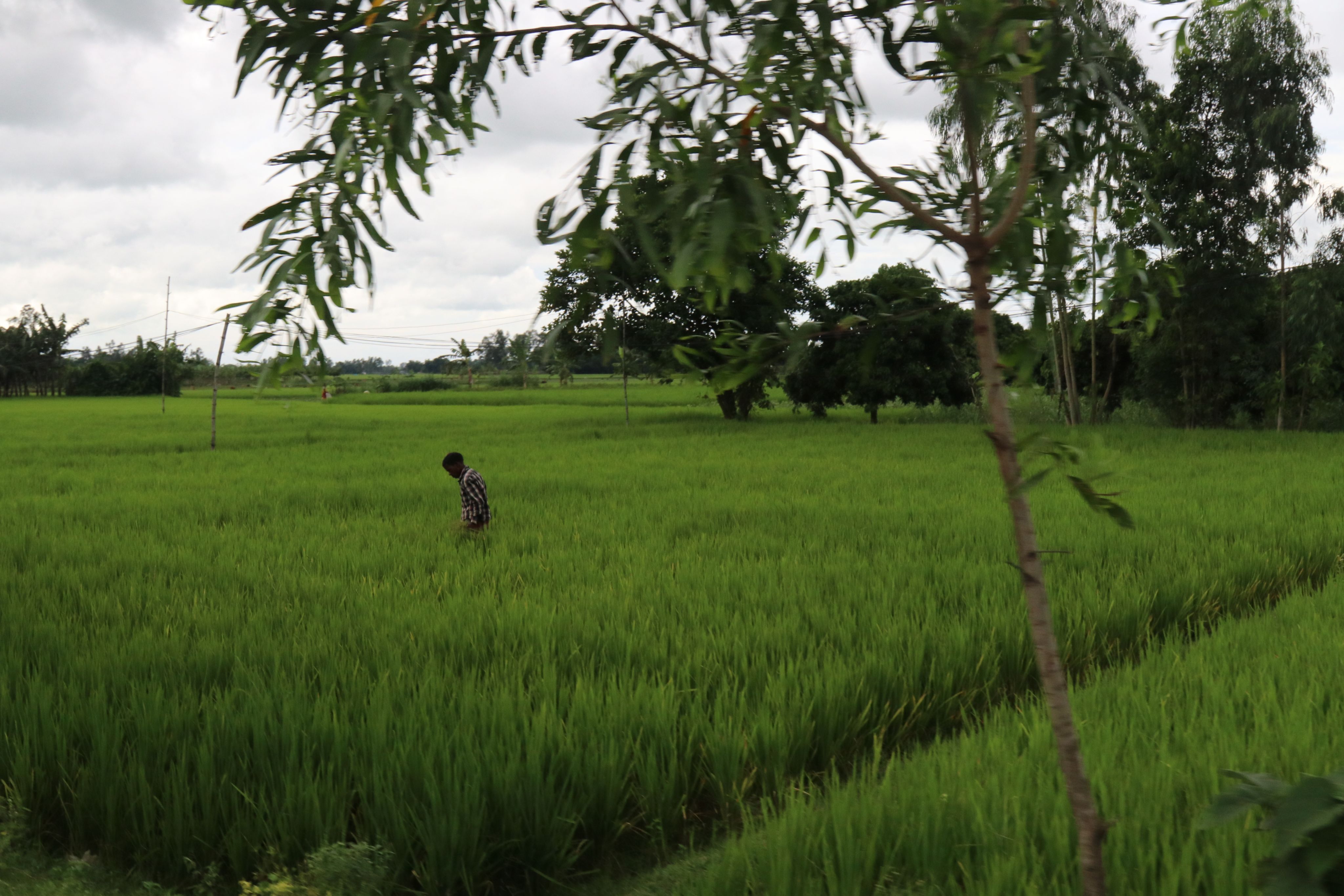
Murmu emphasized that their demand is straightforward—they are prepared to risk their lives to protect their ancestral land. She expressed that having firm support from the Church would make their efforts significantly easier.
The Catholic Church initially provided the tribals with legal advice and aid. At that time, approximately 2,500 families lived in the area. However, land disputes and persecution have forced many families to migrate to other parts of the country or abroad.
Of the original 2,500 families, only about 1,500 remain. Murmu warned that without reclaiming their land, the area could soon be emptied of Indigenous people. She stressed the need for the Church’s support, even if it is just a statement, to help expedite the process.
In 2022, the Bangladesh Catholic Church organized a panel discussion with human rights activists and Indigenous leaders to shed light on tribal land issues.
Father Liton Hubert Gomes, Secretary of the Justice and Peace Commission of the Catholic Bishops’ Conference, remarked, “Indigenous people are disadvantaged numerically, politically, and economically, which emboldens the majority to target them.”
He also reaffirmed the Church’s commitment to addressing these challenges, despite financial constraints.
However, tribal leaders like Murmu and Hembrom believe the Church needs to play a more active role.
The Church must stand by us with advice or by pressuring the government. Together, we can resolve these land disputes,”
Boys and girls play in the field during rain in Gobindganj.
Boys and girls play in the field during rain in Gobindganj.
With generous support from
Aid to the Church in Need
missio Aachen
Text and photos by Stephan Uttom Rozario
Edited by Mark Saludes
Produced by June Nattha Nuchsuwan
Published December 4, 2024
© Copyright MMXXIV LiCAS.news

